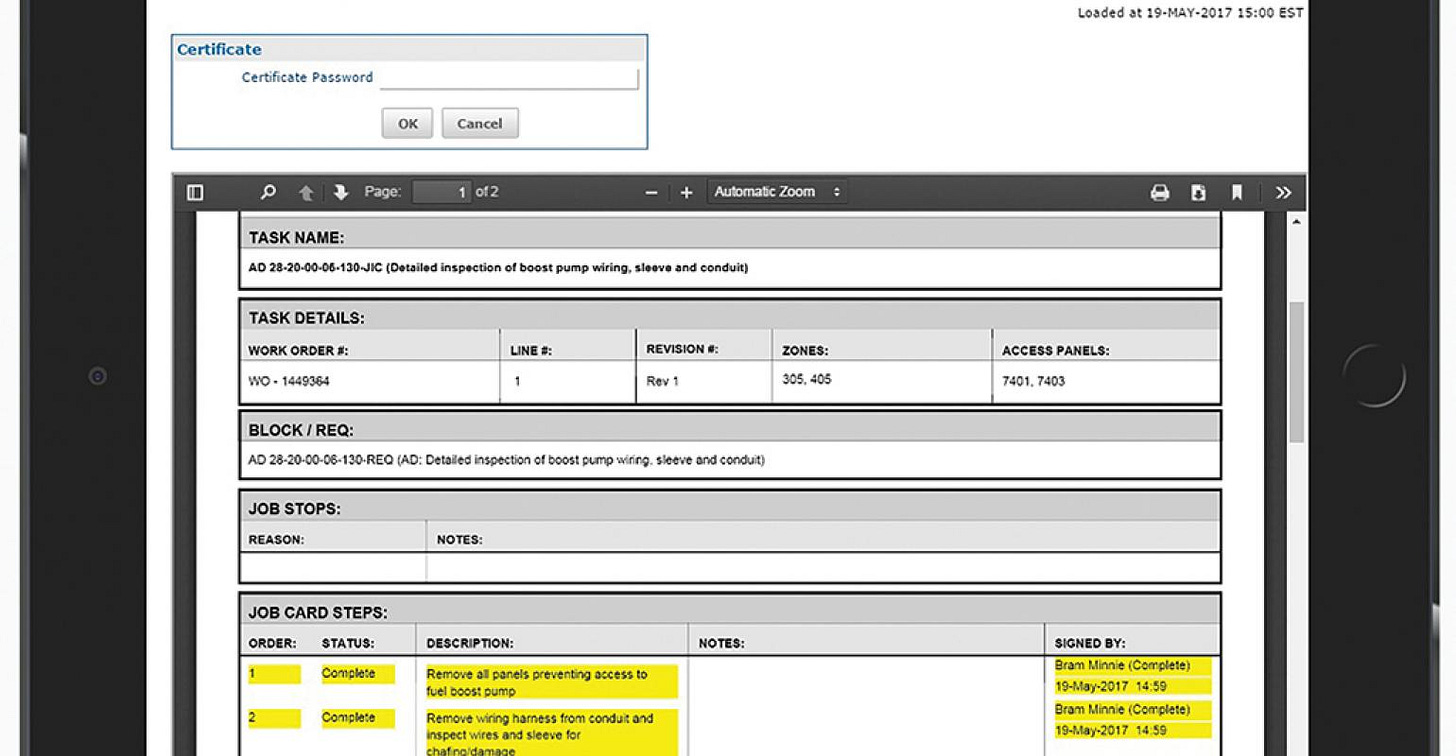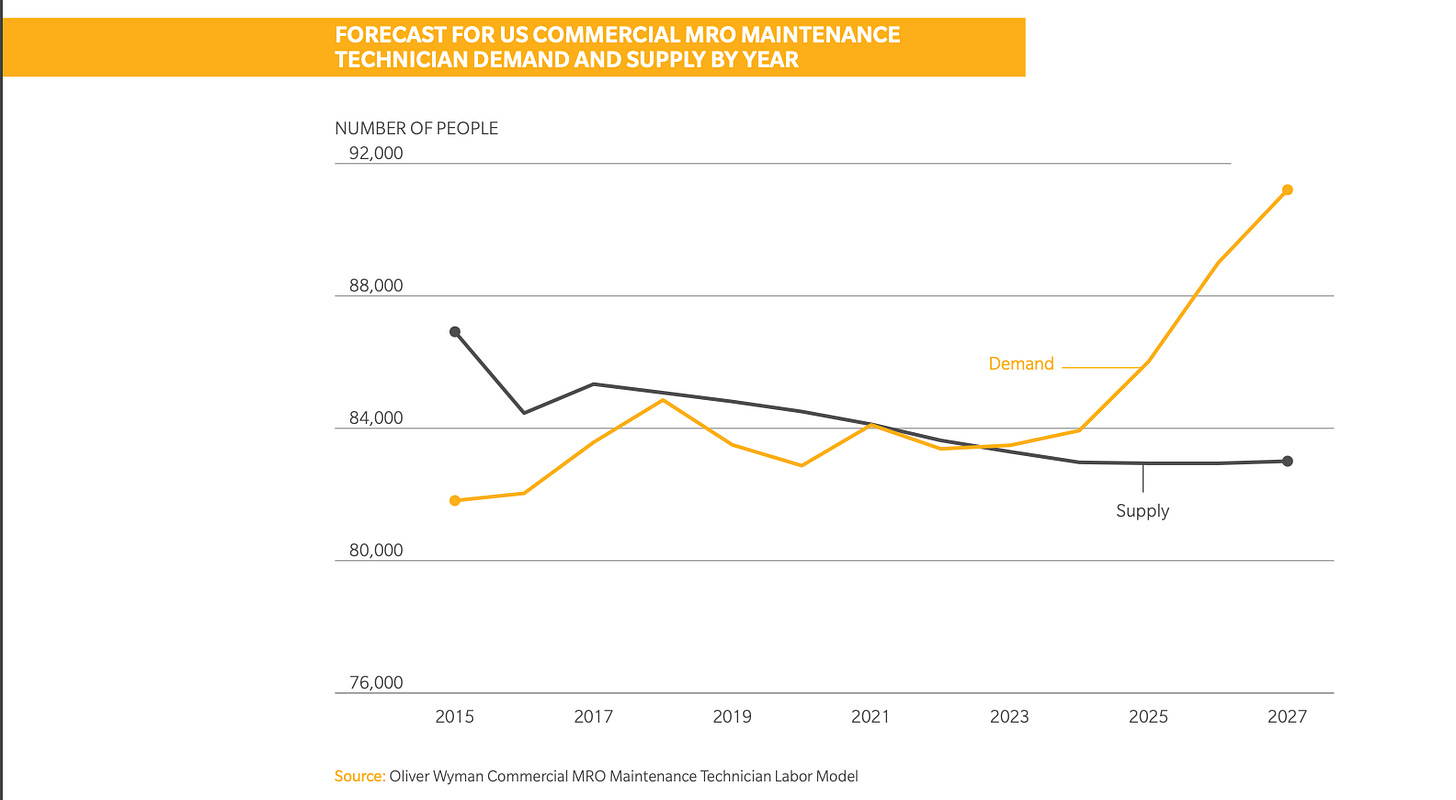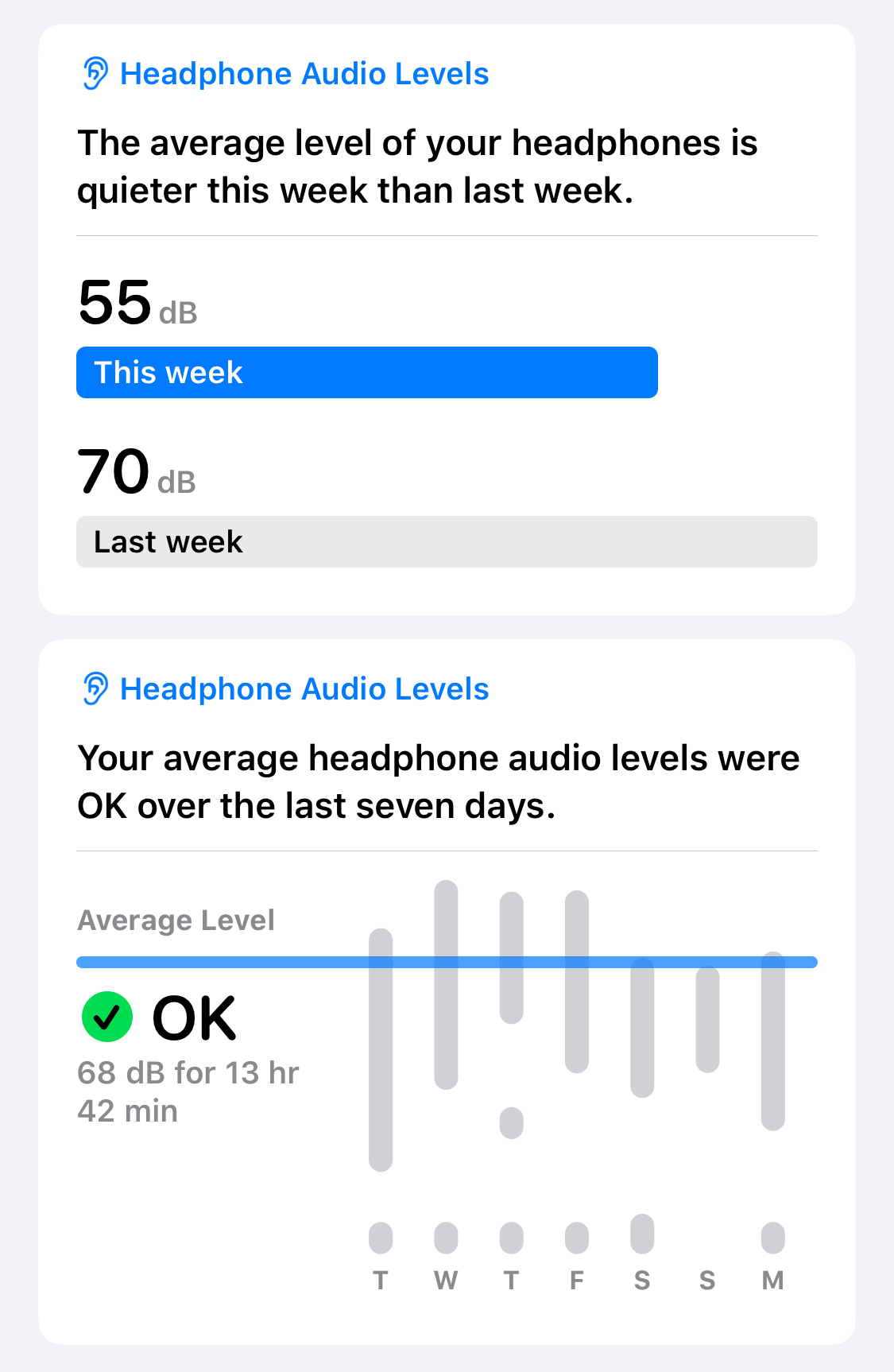The AirPods Industrial Complex
What the iPhone was for the Consumerization of the Enterprise, AirPods will be for “Industrial Consumerization".
The Consumerization of the Enterprise is a multi-decade trend that seems to have recently hit a high water mark with Slack’s IPO and high visibility funding rounds for companies that are addressing almost every enterprise job category or workflow with products that are adopted by teams or individuals and which prioritize user experience — productivity, satisfaction, autonomy — above all else.
And while the enterprise stack has been bending towards more user friendly functionality for quite some time as workers became accustomed to interacting with software in their daily lives, the true catalyst for the trend was the proliferation of the iPhone, which caused a blend of the personal and the professional in a way nothing else had before.
But the rise of consumer-like experiences in the enterprise has left one very large and important group behind — the deskless workforce.
The Industrial Opportunity
Historically, technology serving deskless workers — who make up 80% of the global workforce — has been overlooked and underinvested in to a staggering degree, but change seems underway.
IT buyers at large companies are starting to dedicate additional attention and resources to improve the performance of their deskless workforce and, perhaps more importantly, drive higher employee satisfaction to combat the high turnover rates seen in the category (even among high-skilled, high-wage workers).
And while increased attention and intent to spend is a great sign, what has been missing to this point has been a technology platform capable of accelerating the adoption curve for industrial-focused digital tools in the same way the iPhone did for deskbound workers.
Mobile devices, while ubiquitous and easy to adopt, require hands that are often needed on other tasks. Immersive headgear, like Microsoft’s Hololens, perform extremely well for certain tasks but completely overserve 80%+ of the work done on the shop floor, the warehouse, or the aircraft hangar.
Enter: AirPods
AirPods are the hardware wedge that will truly unlock Industrial Consumerization — creating a leapfrog effect for many industrial workers who will now skip desktop and mobile device-centric work paradigms entirely and enter a world of purpose built solutions designed not only for their workflows, but for the physical conditions in which they work.
Of course, this world of AirPod-enabled industrial work does not exist today. To get there, AirPods will need to prove viability as an industrial platform in the same way it is starting to in the consumer space — with use cases and adoption trends that attract developers to build on top of the platform.
The AirPods Industrial App Store
To understand the true potential of AirPods as an industrial developer platform, we need to ask two questions — where and why now?
By “where?“, I mean which industries and job categories are best suited for AirPod-enabled work and do those job categories represent large enough segments from a user number and workflow value perspective?
With ‘why now?“, I am seeking to understand if there are underlying elements within those targeted job categories that make adoption, and the realization of the economic value identified in “where?” a likelihood (in this case, on the timeline of my work which is investing in early stage companies).
To illustrate the opportunity for AirPods in industrial settings, we will look at a market I’ve become quite familiar with over the last few years: Aviation Maintenance, Repair, and Overhaul.
AirPods and Airplanes
For the uninitiated, Aviation Maintenance, Repair, and Overhaul (“MRO”) essentially comprises all of the maintenance activities that take place to ensure safety and airworthiness of all aircrafts by international standards — this ranges from lightweight repairs conducted at or near the gate before or after a flight (“line maintenance”) to longer term, more complex work done off site at dedicated hangars and facilities (“heavy maintenance”).
Globally, Aviation MRO is an $82b industry that is growing quickly on the back of increased flight traffic transporting both people and goods. Of course, a very small percentage of that $82b is spent on digital tools and services to empower front line workers — something I expect will change over the next decade as the requirements of workers on the ground will finally be met with a technology platform tailor made to serve their needs.
Taken together, the factors laid out below start to get at both the “where” and the “why now” of the Aviation MRO industry and should help to illustrate just how large the AirPods as an Industrial Platform opportunity can become when scaled out across other categories.
1. LEAPFROG OPPORTUNITY
Spend a day inside an MRO hangar and you’ll encounter reams of paper for capturing workflow data as well as decades old ERP systems where the information written onto those paper task cards is eventually transferred.

Generally effective, but slow and manual in an industry where the value accrues to the most operationally efficient players and where data accessibility and fidelity is crucial to unlocking that efficiency and complying with the market’s high regulatory burden.
The slow adoption of digital solutions in the industry indicate, at least in part, incompatibility with existing platforms and a lot of economic value left to be captured.
2. HIGH VALUE WORKFLOWS
Turning around an aircraft is a complex, time sensitive, and highly regulated operation that, when not executed to perfection, can be extremely expensive for airlines and maintenance companies.
It is not uncommon for the combination of extra, unforeseen costs related to things like ineffective part forecasting and ordering or poor resource planning to reach well into the hundreds of thousands of dollars — per day.
One IT provider estimates digital documents increase maintenance productivity 5-20%. Another reports that implementing digital task cards has reduced check labor 10-42% and turnaround times 20%.
There is a direct link between time and money in the Aviation MRO market but true widespread adoption of “paperless” solutions is yet to take off thanks, in part, to the lack of a truly aligned “industrial native” hardware platform.
3. SKILLED WORKFORCE & “BYOT”
So while the value at stake is large, the next question to ask is one of accessibility. Whether a new product can actually gain distribution into the market in question plays a role in determining developer and investor interest, which in turn impact the rate of platform development.
In Aviation MRO, many technicians already utilize their own tools on the job (and take pride in showing off their toolkit), indicating a culture of bottoms up autonomy in establishing workplace norms.
This autonomy makes sense when you consider the workplace dynamic at play — Aviation Technicians are highly paid with the demand for their services that is expected to significantly outpace supply over the coming years.

So while the days of the individual technician or engineer pulling out a company credit card to pay for a new software tool for their team may still be a ways off, their influence is growing.
4. HEALTH & HAPPINESS
Another way this workforce power dynamic has the potential to come into play to drive faster platform adoption (and helping to answer the “why now”) is in the satisfaction and wellbeing of the workers themselves — user experience is no longer a consumer-only construct and in harsh industrial environments, the idea of what user experience is extends further into the physical world, as the digital tools being employed can and should include a focus on health and physical sustainability.
Today, the aviation industry is second only to metal manufacturing for the highest rates of hearing loss among all professions and, like other industrial industries, the labor shortfall we discussed above is being accelerated by a workforce aging out due to the physical demands of the job.
Current and future features of the AirPods platform, like intelligent noise cancelling and voice-first product interfaces, have the potential to limit the long-term impacts of challenging physical environments while improving situational awareness, creating an overall safer and more sustainable work experience. In theory, this satisfaction will reduce employee turnover and incentivize IT decision makers to invest even more in worker friendly digital tools.

Stats from my first week with AirPods Pro.
The arc of any technology-driven transformation that upends how a significant part of the economy operates is long and comes in phases.
The Consumerization of the Enterprise — which saw its adoption rails laid down first by products like Palm and Blackberry before the emergence and dominance of the iPhone — is now in what we might consider to be the early day of its deployment phase, with a lot of value left to be captured but the core platform on which it will be captured firmly in place.
With Industrial Consumerization, we are truly in the early days as we await the right hardware to reach technical viability and mass consumer platform adoption to light the way of possibility for users, developers, and investors.
My expectation is that AirPods will be that platform and — extrapolating from both my own personal experience with the recent release of AirPods Pro (in short, wow!) and the speed at which the feature set seems to be developing — the days of fully AirPod-equipped industrial workforces are closer than most of us expect.



